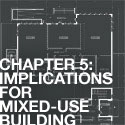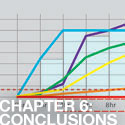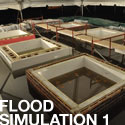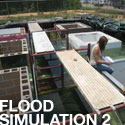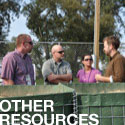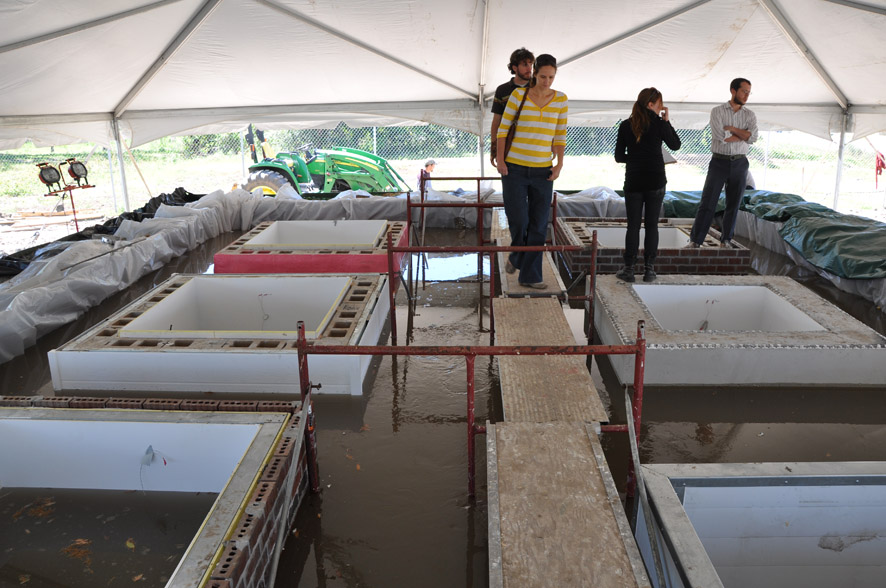
|
DISASTER PREPAREDNESS RESEARCH
The Floodproof Construction Research Project and the Prototype Temporary Disaster Housing Research Project are made possible by a grant from the Southeast Region Research Initiative (SERRI), a program managed by Oak Ridge National Laboratory (ORNL) for the U.S. Department of Homeland Security (DHS). SERRI’s mission is to support university research that addresses homeland security and emergency preparedness. The goal of the GCCDS is to create a collection of research to be used as a resource for business owners, developers, city governments, and local stake-holders in order to help communities and individuals make informed decisions regarding hazard mitigation and response to housing shortages after a disaster. For up-to-date information on the research, visit our blog.
|
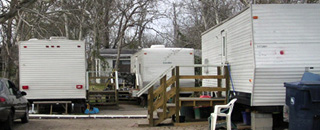
|
IN PROGRESS: RE-USABLE DISASTER HOUSING
Providing disaster housing has been a continual challenge because traditional temporary housing units consist of either modified recreational vehicles or manufactured homes, neither of which was designed specifically for the unique challenges of disaster response and recovery. The GCCDS is conducting research to design a temporary housing unit tailored to the unique requirements of disaster response and recovery in order to provide safe, fast, and cost-effective disaster housing to individuals displaced by a natural or manmade disasters, so that they can recover from the event and seek permanent housing. For up-to-date information on RE-Usable Disaster Housing, visit our blog. |
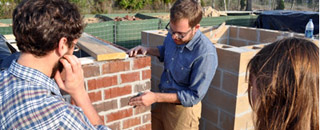
|
IN PROGRESS: DRY FLOODPROOF CONSTRUCTION RESEARCH PHASE II
The GCCDS has moved into Phase II of the Dry Floodproof Construction Research. The objective is to continue to research performance requirements of materials and assemblies along with the technical and regulatory requirements of dry floodproof construction for ground floor commercial space, based on the knowledge gained in Phase I. Additionally, the GCCDS is exploring further means to increase awareness of dry floodproof construction and its feasibility. For up-to-date information on Phase II, visit our blog. |

|
DRY FLOODPROOF CONSTRUCTION RESEARCH PHASE I
The GCCDS and its community partners have observed that small-to-medium scale commercial property owners in communities along the Mississippi Gulf Coast have been struggling to rebuild after Katrina. This is in part to a need for contemporary information on options for dry floodproof construction. With funding from the Southeastern Region Research Initiative (SERRI), the GCCDS sought to investigate and report on the policy, methods, and effects of dry floodproof construction, and to increase interest in dry floodproof construction amongst commercial property owners.
Click the links below to download the final report for this phase of the research:
|
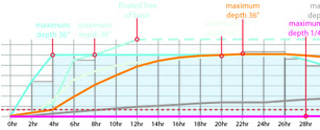
|
DRY FLOODPROOF ASSEMBLY TESTING
Materials for dry floodproof construction have demanding performance criteria. These materials must be strong and watertight, and should combine to create a building that reinforces the enduring public value of architecture. Additionally, materials need to be affordable, in order to make a project feasible. The ways in which materials are assembled influences the amount of resistance a wall will have to high wind loads, debris impact, and hydrostatic pressure. Through the construction and the testing of various wall assemblies with flood simulations in an outdoor flood tank, the GCCDS has collected data to help business owners, architects, and engineers make decisions about the viability of dry floodproof construction. Click below to learn more about the test methods and results of the flood simulations.
|
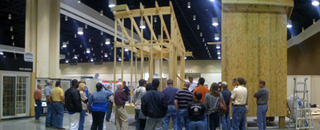
|
COMMUNITY RESOURCES
To navigate the complexities of dry floodproof construction and temporary disaster housing, collaboration is essential between property owners, developers, engineers and architects, zoning officials, product manufacturers, and municipal floodplain managers, all under the direction of federal policy. For coastal communities to build back in a resilient manner after a disaster, all involved parties should be informed of the available range of technically sound and affordable methods. The GCCDS continues to work to provide resources to connect people with information. Below are links to other regional and national research sites, along with a link to the Property Owner’s Guide to Floodproof Construction, created by the GCCDS.
|








